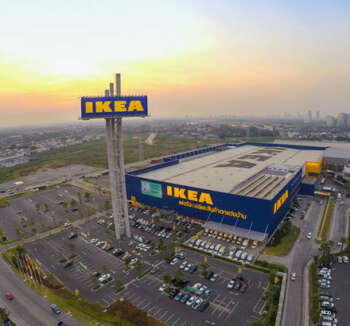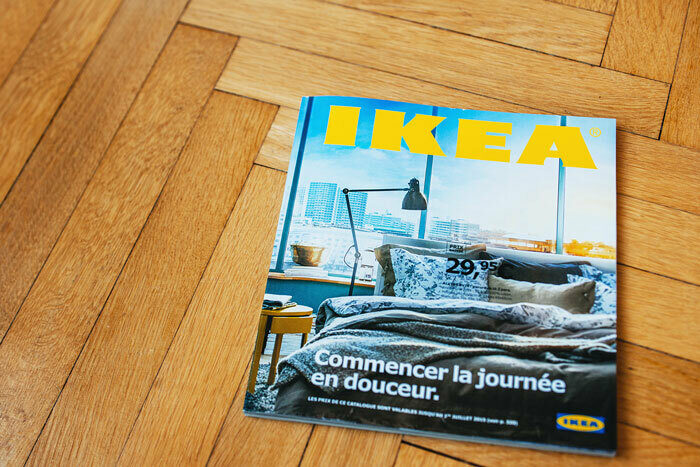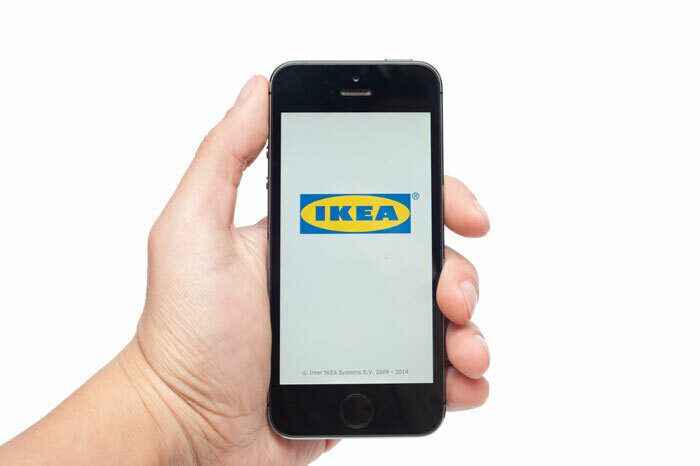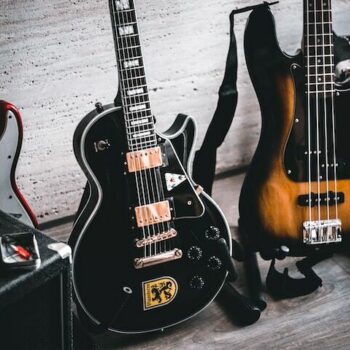Leaving Nothing to Chance — IKEA’s Research Approach
It may sound to some like Ikea is obsessing about costs at the expense of understanding its customers, but the opposite is true. Ikea works to know its customers well, Carlyle wrote. “[It does] an awful lot of research into us. The company owns a flat in nearby Malmö that it rents to families. It contains Ikea’s newest prototypes — beds, chairs and even a moving wall — and is wired up with cameras. Every Ikea store also arranges hundreds of visits every year to local families to see what their homes need. Piles of shoes and bags in the hall might indicate the need to design a hall cupboard; towels on radiators may spark a clever idea for a rack.”
This mania for consumer research might be the result of one well-publicized blunder that almost led to Ikea pulling out of the U.S. market, according to Kowitt. When Ikea made its first inroads in the states in the mid-’80s, it made no attempt to adapt its European products to the tastes and customs of this country. Its first store in Philadelphia was filled with beds and curtains and cabinets that weren’t designed for American domiciles or lifestyles.
Research is now at the heart of Ikea’s expansion. “The more far away we go from our culture, the more we need to understand, learn, and adapt,” Ikea researcher Mikael Ydholm told Kowitt. “Rather than focus on differences between cultures,” Kowitt wrote of Ydholm, “it’s his job to figure out where they intersect.”
Ikea seems to have convinced many consumers across the globe that building their own furniture is fun and kind of sexy, which is a feat on par with Tom Sawyer convincing his friends that it’s kind of fun and sexy to paint a fence.
“The thing we are supposed to hate most about Ikea is the reason many of us love it: self-assembly,” Jennifer O’Connell of the Irish Times wrote. “Psychologists have dubbed this ‘the Ikea effect’: the disproportionate affection we feel towards something we helped to create. The Ikea effect could be applied to lots of different phenomena: the success of Build-a-Bears (if you’re confused, ask the nearest five-year-old) or the reason our own children are always so much more appealing than everyone else’s.”
A single piece of Ikea furniture is never just a single piece of Ikea furniture, O’Connell wrote, because Ikea isn’t really trying to sell single pieces of furniture. It sells an aesthetic.
“Ikea’s success lies in the suggestion that you are building not just a bookcase but an entire lifestyle,” she added, “one in which all your well-dressed friends will regularly stop by your tasteful loft-style apartment to perch on your Bosse barstools and drink from your Rattvig champagne glasses.”
Swedish Ambassador to the World and a Fun, Affordable Shopping Experience
As much as Ikea attempts to comprehend and adapt to each culture it enters, there are many aspects of its stores that are stubbornly (not to mention, persuasively) Swedish. Or what non-Swedes think of as Swedish.
In her paper “The Cultural Archive of the Ikea Store,” Lindqvist wrote that Ikea traffics in “Swedephilia.”
Products bear Scandinavian proper names, she wrote, and modern, “cutting-edge products of Swedish design ingenuity are linked semantically with nostalgic items from Sweden’s agrarian heritage, such as lingonberries, meatballs, and wooden clogs.” The stores are painted in the colors of the Swedish flag, Lindqvist added.






